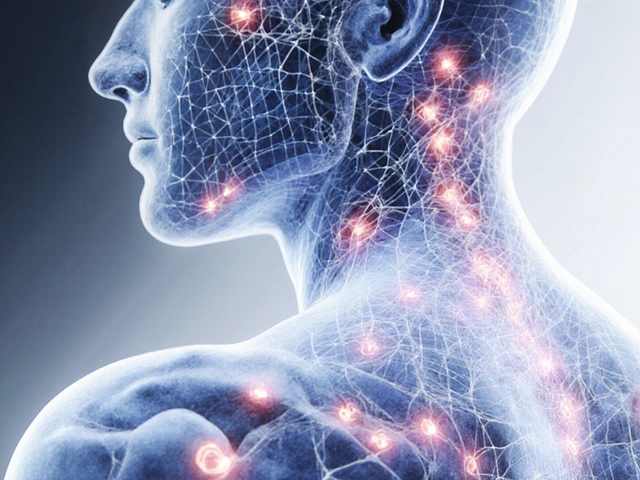Benefits of Massage: Real Health Gains from Skilled Touch
Want less pain, better sleep, and a clearer head? Massage does more than feel nice. Used smartly, it speeds recovery, eases chronic tension, improves movement, and lowers stress hormones. This page pulls together what works and points you to styles that match your needs—from deep trigger point work to gentle Ortho-Bionomy and traditional Hilot.
Top benefits to expect
Pain relief: Targeted techniques like trigger point massage and deep tissue loosen tight knots and reduce nerve irritation. If you sit at a desk or lift weights, regular sessions can cut daily aches and make movement less painful.
Faster recovery: After workouts or minor injuries, massage improves blood flow and helps clear metabolic waste from muscles. Methods like Amma and warm stone massage are great when you want active recovery without aggressive pressure.
Better sleep and mood: A 30–60 minute session often lowers heart rate and calms the nervous system. That makes falling asleep easier and reduces daytime anxiety. Hands-on approaches that combine touch with breath work—like Lomi Lomi or Esalen-style massage—give big mood lifts.
Improved mobility and posture: Structural therapies such as Hellerwork, Rolfing, and Feldenkrais-oriented bodywork work on alignment, not just sore spots. They help joints move more freely and reduce the strain that causes recurring pain.
Gentle options for chronic issues: If deep pressure hurts, try Ortho-Bionomy, polarity therapy, or bioenergetic approaches. These use tiny movements and energy awareness to trigger the body's own repair without making symptoms worse.
How to pick the right massage and make it work
Match the technique to your goal. Want pain release? Look for trigger point, deep tissue, or Amma. Want relaxation and sleep? Choose warm stone, Lomi Lomi, or a Swedish/Esalen session. Curious about tradition? Check out Hilot or Kahuna for cultural methods with specific routines.
Ask about experience and scope. A good therapist will ask about your goals, medical history, and any recent procedures (like tendon or joint work). If you have scoliosis, chronic pain, or are in palliative care, choose someone with clear experience in that area.
Use simple at-home follow-up. Hydrate after a session, move gently, and try short self-massage or acupressure points for maintenance. Even five minutes a day on tight areas keeps gains from a professional session longer.
When to be cautious: Avoid deep work on inflamed injuries, open wounds, or the first 72 hours after surgery unless your surgeon clears it. Pregnant people, those with blood clot risk, or severe heart issues should consult a doctor first.
Ready to explore? Browse our articles below on Hilot, trigger point work, Ortho-Bionomy, Amma, warm stone therapy, Feldenkrais, and more to find a style that fits your body and goals.

Top Benefits of Choosing Medical Massage Therapy
Medical massage is not just about relaxation. It's a powerful therapy that offers numerous health benefits, such as pain relief, rehabilitation from injuries, and improved mental health. Understanding these benefits can help you make an informed choice for your well-being. Read on to discover why medical massage should be a part of your health routine.
Categories
- Health and Wellness (148)
- Alternative Therapies (86)
- Massage Therapy (40)
- Travel and Culture (15)
- Beauty and Skincare (9)
- Holistic Health (8)
- Health and Fitness (5)
- Spirituality (5)
- Other (2)
- Personal Development (2)
Popular Articles

Lomi Lomi: A Gateway to Holistic Healing
Aug, 5 2023


